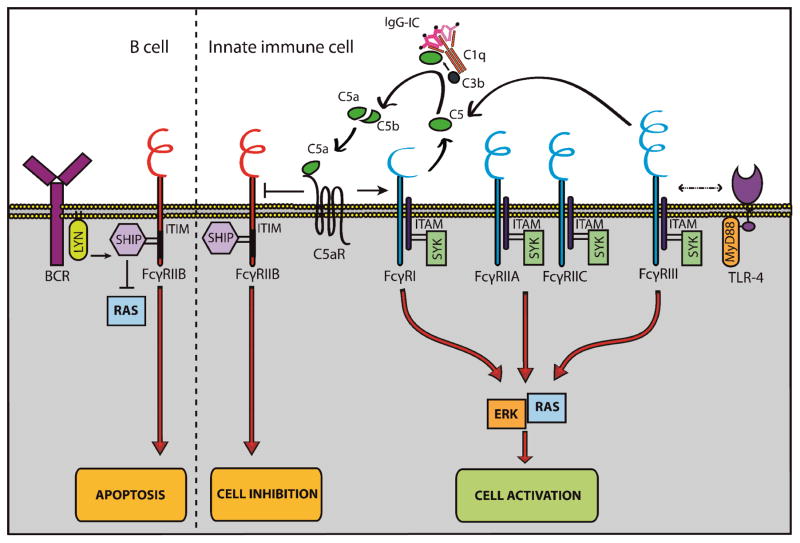Figure 1. Interplay between FcγRs and other receptors on innate immune cells and B cells.
FcγRs are expressed on APCs, NK cells, granulocytes and B cells. Depending on the ITAM or ITIM motif, FcγRs can be divided in activating (blue) or inhibitory (red) receptors. Activating receptors are able to initiate cell activation and induce phagocytosis, ADCC and the oxidative burst. Cross-talk with TLR-4 has been suggested for a proper immune response. The inhibitory FcγR, FcγRIIB, induces cell inhibition.
Cross-talk between the complement system and activating FcγRs creates a positive feedback loop. Activating FcγRs (FcγRI and FcγRIII) promote the complement system to generate C5a. C5a binds C5aR which is co-expressed on the cell. This binding induces increased expression levels of activating FcγRs and decreased levels of inhibitory FcγRs.
B cells only express the inhibitory FcγR, FcγRIIB. Engagement of FcγRIIB to BCR leads to inhibition of cellular proliferation and induces apoptosis. (BCR: B cell receptor; C5aR: complement 5a receptor; ERK: extracellular-signal-regulated kinases; FcγR: Fc gamma receptor; IgG-IC; immune complex; ITAM: immunoreceptor tyrosine-based activation motif; ITIM: immunoreceptor tyrosine-based inhibition motif; LYN: member of src-related family of protein-tyrosine kinases; MyD88: myeloid differentiation primary response gene 88; RAS: member of small GTPase proteins; SHIP: SH2 domain containing inositol-5 phosphatase; Syk: spleen tyrosine kinase)

